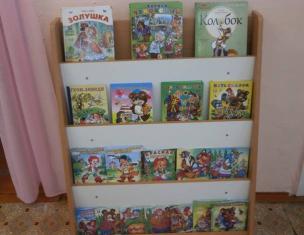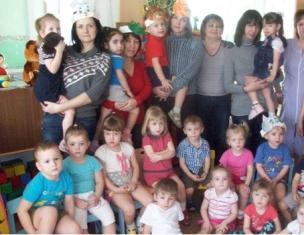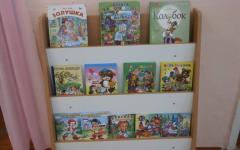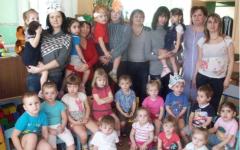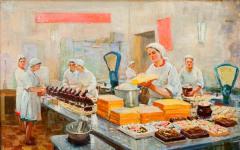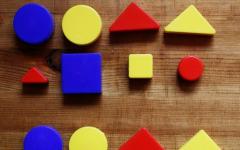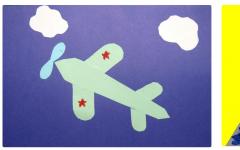Not so long ago, the priority of visiting a preschool children's institution was to prepare a child for school. The task was put in front of the educator to teach the baby to read and write. But now, in the age of information technology, everything has changed. So, a number of changes were made to GEF, according to which the future student should get out of the walls of the Dow adapted to the school system, the personality of harmonious and developed, ready for all difficulties.
In accordance with this, classes are adjusted for innovations. To achieve this, the self-analysis of the occupation of the teacher of the Dow on GEF is carried out. Only from this person depends efficiency and success that must comply with new requirements. His goal is to give knowledge, skills, instill appropriate skills.
Pedagogue is a creative profession and at the same time requiring high professionalism. Therefore, the majority of teachers and employees of the Dow improve the qualifications, improve activities, an important factor in the effectiveness of which is the competent conduct of self-analysis
Experts, only those who came to work in often lose and do not know how to start. In this case, they come to the rescue methodists.
Such work helps the teacher to determine whether all the tasks have been achieved, to identify positive parties, decide what else you need to work and what to pay attention to.
For the correctness of the analysis, the educator must be a list of questions that need to be answered during the process. For example:
- do children understand what occupation is held for what;
- are they ready to him;
- what is the form of a lesson;
- how available is the material;
- are children interested;
- how the material was prepared;
- whether a lesson contributes to creative activity.
After determining the issues, the teacher must act in accordance with this list.
Stages of work
A sample of the self-analysis of the training teacher of the Dow on GEF helps to work correctly. The plan includes the following aspects:
- Characteristics of the children's group.
- Comparison of material and program.
- Purpose.
- A task.
- Use visual benefits.
- Stages and sequence of classes.
- Atmosphere in class.
- Baby behavior.
- Result.
The first thing to be done is to give a group characteristic. It should be clarified whether there was pre-any work, whether the possibilities, features of children were taken into account during the lesson planning. Then the material used with the program, age, the goals and objectives are announced. Causes of failures, success. It is determined how high-quality didactic material, visual benefits, their aesthetic appearance. Whether the structure of classes and clear transitions remain between the stages. Active methods are allocated.
The following is the characteristic of the atmosphere in the lesson: how passioned children were enthusiastically, there were positive emotions, which were interested in kids who were interested in who and how often performed, the reasons for the silence of the rest. The form of work is determined: group, collective, individual.
The educator should analyze his ability to organize children, to establish contact with them, and also to characterize the availability of speech.
The result is: whether the target was achieved, whether all the tasks were made that it did not work and how then to get out of the situation.
What will help in work
One of the most effective methods of improving the competence of personnel is the intrinsication of the open occupation of the educator of the Dow on GEF. In this case, the psychological factor plays a big role. At the open class there are colleagues and leadership, which makes the specialist worry. It is in such a situation that all flaws are manifested, the strengths that present at the end of the lesson will indicate.
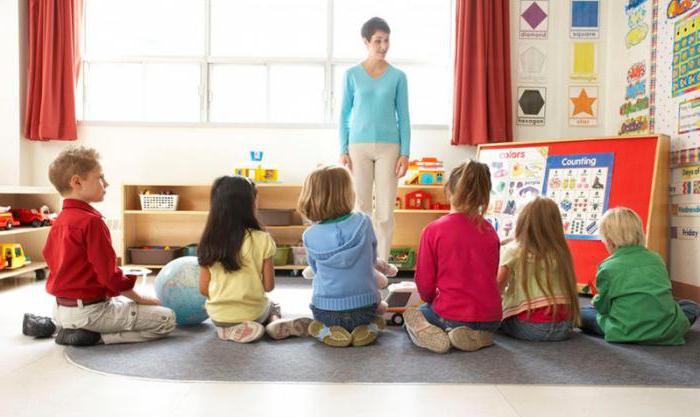
An example of a situation
We characterize the self-analysis of the occupation of the teacher of the Dow on GEF. For example, consider the theatrical formulation of the Fairy Tales "Rack". Main goals:
- teach children to imitate characters, transfer emotions by means of facial expressions, gestures, movements;
- to ask questions;
- rail a friendly relationship, desire to help.
Main goals:
- organize the active participation of children in the game;
- teach to coordinate actions between themselves (heroes), role dialogue;
- develop a fantasy, interest in theatrical art.
The following materials will be needed: clothes for heroes, masks, magic bag, tape recorder, cubes with the image of the heroes of the fairy tale, phonogram.
Before occupation, watching the puppet theater "Rust", reading a fairy tale, discussion, learning illustrations.
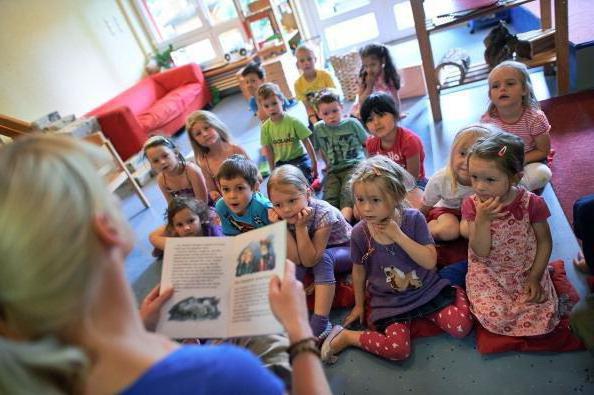
The lesson starts with the introductory part. It is necessary to configure the participants. To do this, play with a surprise bag. Duration - about 2 minutes.
The main part lasts 10 minutes. Children are divided into "spectators" and "artists." Gaming experience is purchased, the ability to listen, applaud, say "Thank you", pass the image, change the voice of the voice, use the facial expressions, gestures.
To solve the training task, the participants fulfilled a number of tasks. So, in a game with a bag, they investigated the items in it to the touch, and determined them in shape. These were cubes with the image of the heroes that the children were located in the order of the characters. Artists reincarnated in the characters, and the audience took their places.
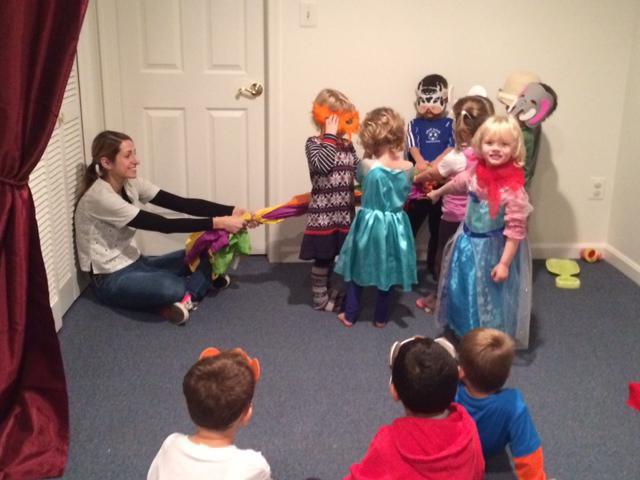
It should be noted that when planning activities, a number of principles of learning, selection, scientific, sequence, systematic activity were observed. A number of methods were used: visual, practical, verbal. The situation was divided into stages. Group, frontal and individual forms were used. The set goal is implemented.
Requirements of GEF to future students
In accordance with standards, children, leaving the preschool institution, should have an imagination, being initiative, cultural, with a friendly attitude towards others, with the ability to rejoice in other people's success, sympathize, empathize, not to conflict, express their thoughts through connected speech.
To instill such skills, it is necessary to improve the skills of a specialist, one of the most important methods for achieving which is the self-analysis of the training teacher of the Dow on GEF. An example was given above.


